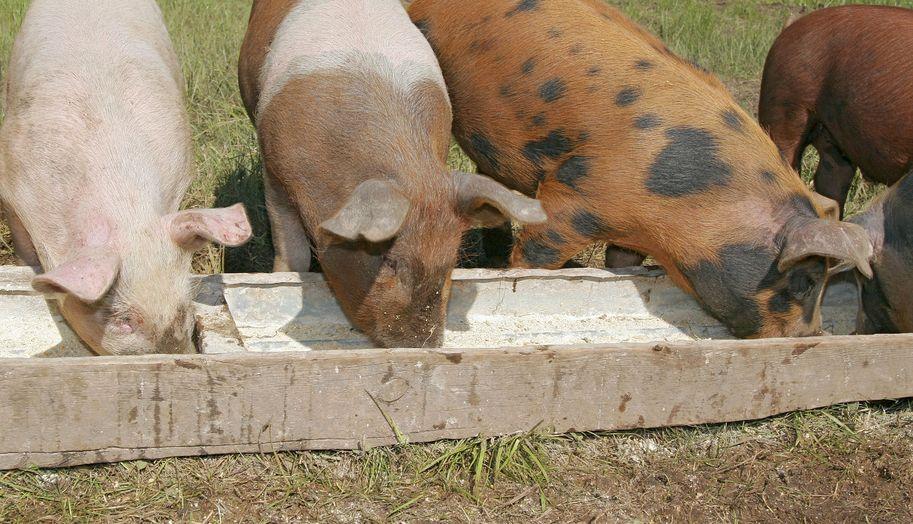
Scientists have decoded the whole genetic make-up of pigs in a development that could facilitate the discovery of genetic variations linked to key traits.
The findings could help improve selective breeding and enable more accurate use of gene-editing technologies.
This would help breeders develop pigs with desired characteristics, such as resistance to infectious diseases, the researchers say.
Knowledge of the genome also enables identification of genetic similarities between pigs and humans, which will enhance biomedical research in which pigs are used as models to study human health.
The new reference genome, which was built using the latest cutting-edge DNA sequencing technologies, provides information on the location of more than 21,000 pig genes and is freely available online.
The improved quality of the reference allowed the researchers to identify a further 2,500 pig genes with an evolutionary link to a human gene, increasing the known number of such genes to 15,500.
The scientists characterised the genomes of two different pigs – a sow from the Duroc breed and a male crossbred white composite boar, and included detailed information of a further 11 pigs from European and Asian breeds.
The study was led by scientists at the UK's Roslin Institute and the US Department of Agriculture (USDA).
Dr Amanda Warr, of the Roslin Institute, said it was an 'exciting time' to work in genomics following the release of the new research.
"Genomes as complete as the ones we have produced would not have been possible without recent major advances in DNA sequencing technologies," she said.
"The new reference genome provides scientists with an accurate and complete framework on which to base their pig research, whereas before they were working with a very incomplete picture."
As pork is one of the world's most popular meats, Professor Alan Archibald, of the Roslin Institute, said the industry needed to improve the sustainability of its production.
"The improved knowledge of pigs’ genetic make-up will help farmers breed healthier and more productive animals,” he explained.
